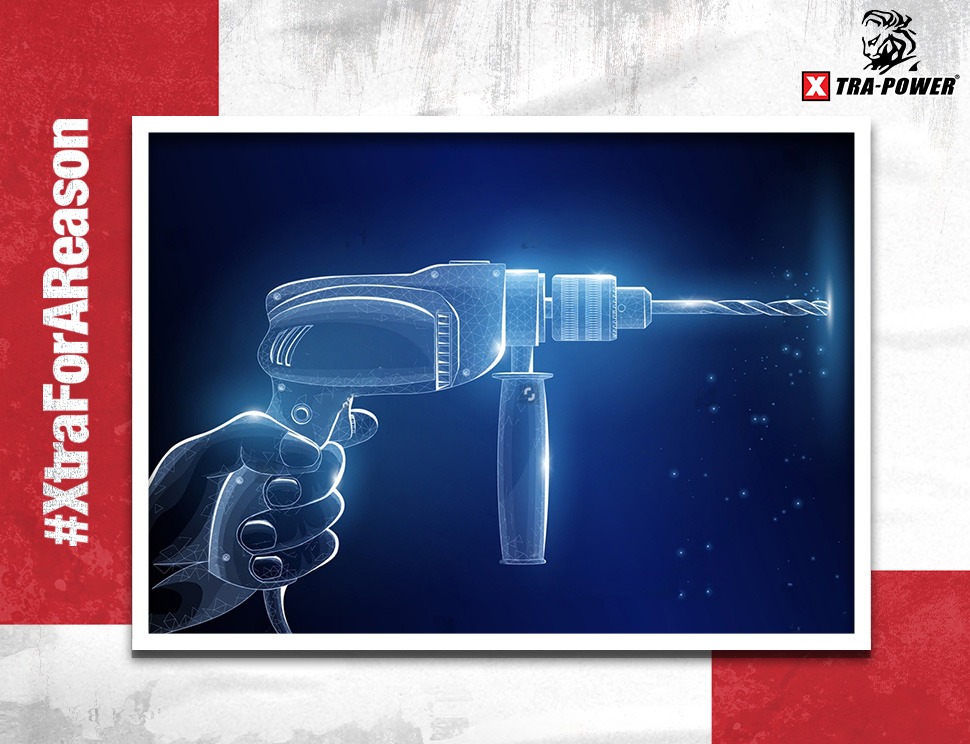The power tools industry is on the brink of a remarkable transformation, set to surge from USD 39.5 billion in 2024 to USD 45.5 billion by 2029. This growth is propelled by several key factors: technological advancements that boost tool functionality and user efficiency, robust construction activities in emerging markets driving demand for innovative tools, and increased requirements from sectors adopting more sophisticated manufacturing techniques.
As we explore the trends reshaping this industry, the spotlight is on companies leading the way in driving these significant changes. These companies are not only responding to market needs but are also setting new standards and benchmarks for the future of power tools.
Trend 1: Cordless Technology
The freedom and flexibility offered by cordless power tools are undeniable. With advancements in battery technology, these tools are now more powerful and longer lasting than ever before, capable of handling a variety of tasks with ease. The shift towards cordless is a nod to our increasing preference for tools that are as mobile as we are, reflecting a broader move towards efficiency and versatility in tool design.
Beyond just the convenience, cordless power tools represent a significant leap towards greater worksite mobility and safety. Without the need to be secure to power outlets, users can take their tools to more remote or unpowered sites, broadening the scope of projects that can be tackled. Additionally, the absence of cords reduces trip hazards, enhancing safety on busy job sites or during complex projects at home.
Trend 2: Brushless Motor Technology
Unlike their brushed counterparts, brushless motors are enhancing the performance of power tools across the board. They offer quieter operations, require less maintenance, and have a longer lifespan, which is a game-changer for both professionals and DIY enthusiasts. This shift is not just about improving tools but enhancing the overall user experience.
Brushless motors deliver a more efficient and robust response, directly converting electricity into motion with fewer mechanical parts involved. This efficiency means less energy is wasted as heat, leading to better performance and reduced operational costs over time. For industries that rely heavily on power tools, the transition to brushless motors is a smart investment in durability and productivity.
Trend 3: Smart Power Tools
These aren't just tools; they're part of your digital ecosystem, providing real-time data on usage and functionality. The rise of connected power tools underscores our ongoing drive towards smarter work environments where efficiency and safety are paramount, and decisions are increasingly data-driven.
The implications of smart power tools extend into maintenance and inventory management. By alerting users to maintenance needs and tracking tool usage, these tools can help prevent downtime and optimize workflow. For businesses, this means enhanced productivity and a better understanding of how tools are being utilized, which can lead to more informed purchasing and deployment strategies.
Trend 4: Artificial Intelligence (AI)
AI is transforming power tools into highly adaptive devices capable of customizing themselves to user preferences and providing feedback that can refine how we work. This leap towards intelligent tools suggests a future where our tools learn from us, optimizing our work and potentially unlocking new methods of craftsmanship.
In practical terms, AI can be utilized to tailor the operation of power tools to the task at hand, adjusting speed, torque, and power based on the material being worked on or the specific application. This not only enhances the quality of work but also contributes to safety by reducing the likelihood of user error and tool misuse.
Trend 5: 3D Printing
By enabling the rapid prototyping of tools and parts, 3D printing is accelerating innovation and allowing for unprecedented customization in tool design. This technology is not just changing how tools are made but also empowering users to tailor their equipment to specific needs.
Furthermore, 3D printing promotes a faster iterative process in tool development, where designs can be refined multiple times without significant cost penalties. This agility in design and production is particularly valuable in today's fast-paced market, where the ability to quickly respond to consumer demand and technological advances can provide a competitive edge.
Trend 6: Sustainability
As awareness of environmental impacts grows, the demand for eco-friendly power tools is rising. This trend is driving manufacturers to consider how tools are made, what materials are used, and how they can be recycled, pointing towards a greener approach to tool production.
This environmental focus is not just about meeting market demand but also about adhering to increasingly stringent regulations on emissions and waste management in manufacturing. Companies that can innovate in sustainable manufacturing processes and materials not only enhance their brand reputation but also align with global sustainability goals, making them more attractive to a conscientious consumer base.
Trend 7: DIY and Home Improvement
More people than ever are picking up power tools to transform their living spaces, driven by a desire to customize and improve their homes on their own terms. This surge in DIY activity is not just a trend; it's a reflection of our growing confidence in handling home projects, supported by the right tools.
The rise in DIY culture has also been bolstered by a wealth of online resources, from tutorials to forums, where novices can quickly turn into skilled enthusiasts. This has created a vibrant community of DIYers who not only share their skills but also their insights on the best tools for the job, driving further interest and innovation in the power tools market. Each trend thus not only reflects technological advancements but also a deeper cultural shift towards more autonomous and personalized creation.
These trends underscore a sector that is dynamic and rapidly evolving, with innovations from Xtra Power making power tools more accessible, efficient, and integral to modern lifestyles. As we continue to see these advancements unfold, it's clear that the future of power tools will be about much more than just hardware—it will be about smarter, sustainable solutions that fit seamlessly into our digital and environmentally conscious world.















